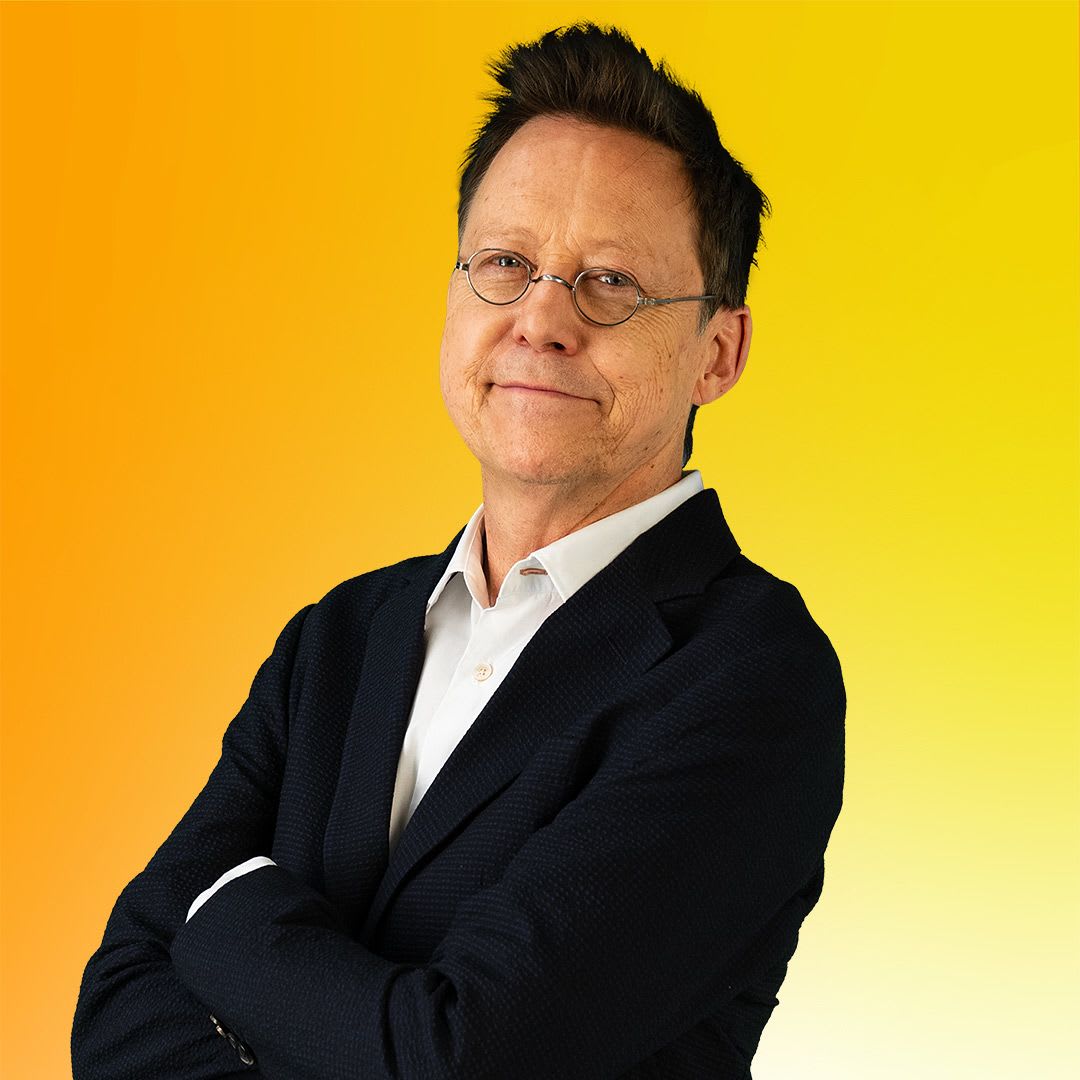North Yorkshire households to pay same rate of council tax
The County Council says it will provide millions of pounds to finance vital services
An attempt to provide a "unified approach to council tax" across North Yorkshire is being drawn up to ensure that hundreds of thousands of residents pay the same rate.
The County Council says it will provide millions of pounds to finance vital services.
The move to draw together council tax bills so that all households across the county are paying the same amount has to be instigated due to the largest overhaul of local democracy in North Yorkshire in almost half a century.
The new council covering the whole of the county in the spring of next year means that there is a legal requirement to ensure that all council taxpayers in North Yorkshire are charged the same amount.
The task of unifying all council tax bills across the seven districts in North Yorkshire is set to see a phased shift spread over the next two financial years as some areas are paying higher rates than others. The proposals are due to be considered by members of North Yorkshire County Council’s decision-making executive when they meet on Tuesday 18th October.
Changes to council tax
In Hambleton, which has the lowest level of council tax in the county, taxpayers have annual bills totalling £1,586.83 for an average band D property, while the highest bill of £1,723.27 is in the Harrogate district.
The move to harmonise the level of council tax across North Yorkshire would see bills for an average Band D property rise by £44.75 during each of the two financial years on a bill of £1,586.83 in Hambleton, £12.88 on a bill of £1,650.57 in the Selby district, £10.88 on a bill of £1,654.56 in Craven and by 38 pence on a bill of £1,675.56 in Ryedale.
By comparison, council tax bills for a similar Band D property in Harrogate would fall by £23.47 during each of the two years the harmonisation is set to be introduced on the current bill of £1,723.27, while the Scarborough district would see an annual reduction of £17.89 on a bill of £1,712.10 and Richmondshire would witness a decrease each year of £8.01 on a bill of £1,692.35.
However, the rises and falls due to harmonisation do not take into account the annual increase in council tax bills, which is set to be approved by county councillors in February next year ahead of the launch of the new North Yorkshire Council. The figures for current bills also relate to just the precept for county and district authorities, and do not include money for North Yorkshire Police, the county’s fire brigade and parish or town councils.
North Yorkshire County Council’s executive member for finance, Cllr Gareth Dadd, who is also the authority’s deputy leader, said: “The challenge to harmonise council tax bills across the county is obviously a significant one, but it is an issue we have to address before the new North Yorkshire Council is launched in April next year.
“We are acutely aware of the financial pressures which everyone is under not just in North Yorkshire, but across the whole country, as we see inflation rising and the cost of energy soar along with the price of food and drink and other essential items.
“A great deal of work has gone into the proposed scheme to harmonise council tax bills across all seven districts, and we believe that the plan that has been drawn up to introduce the changes over the two years represents the fairest way forward for everyone involved.”
"Huge variations" if council tax decision is not taken
There would be huge variations in the amount of funding generated if the decision was taken to opt for moving council tax levels to the lowest amount seen in Hambleton or choosing to adopt the highest level in Harrogate. Funding from council tax is used to finance services ranging from waste collection and recycling to highways maintenance and adult social care.
If council tax bills were brought in line with Hambleton, there would be an annual reduction of funding in the region of £21 million, falling from the current level of £401.8 million to £380.4 million.
By comparison, an extra £11.3 million would be generated by increasing council tax bills to the level currently paid in the Harrogate district, with the average across North Yorkshire for owners of a Band D property paying £1,723.27 instead of £1,676.32.
Reductions on council tax bills for households on lowest income
Executive members will consider the proposals which will provide up to 100 per cent reductions on council tax bills for households on the lowest incomes. The proposed scheme is expected to increase the overall level of support for the lowest income households, whilst reducing the administrative burden placed on the new council by the introduction of Universal Credit.
Cllr Dadd said: “We are very aware that those who are facing the biggest financial pressures are being hit the hardest by the cost of living. The proposals for council tax reduction are aimed at benefiting those who are most in need, and ensuring that thousands of people are given the greatest amount of support possible across North Yorkshire.”
The current structure has seen different approaches administered across North Yorkshire’s existing seven district and borough councils, which are the authorities responsible for the billing of council tax. For instance, three of the district councils in Craven, Hambleton and Scarborough currently require working age applicants to pay a minimum amount of their council tax bills, with the greatest contribution being 12.5 per cent. The remaining districts and borough authorities allow working age applicants up to 100 per cent financial support for their council tax bills.

